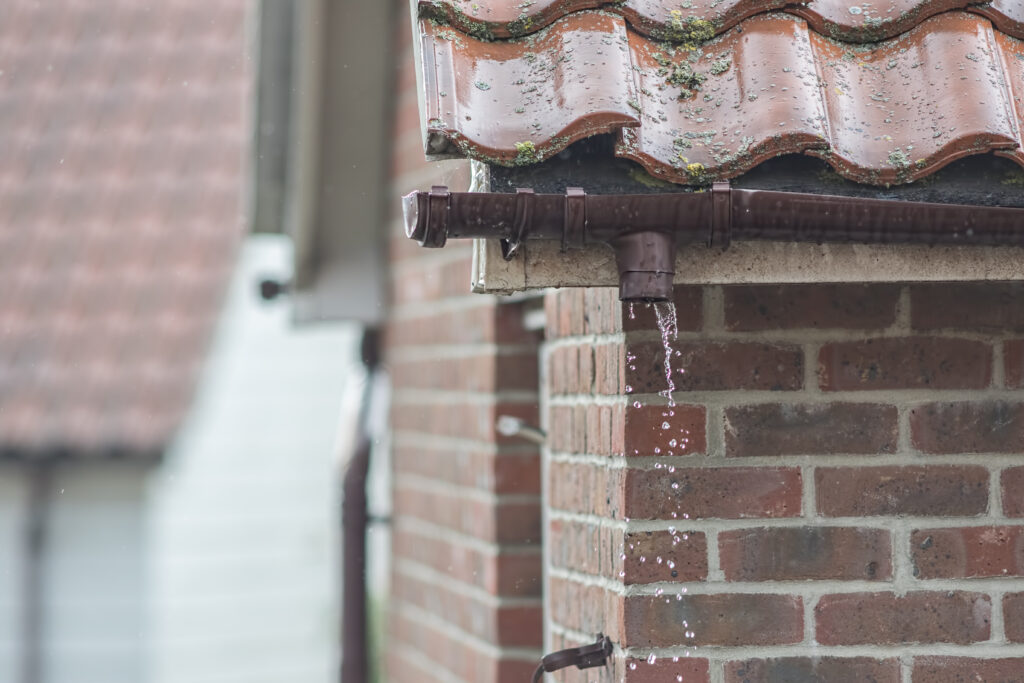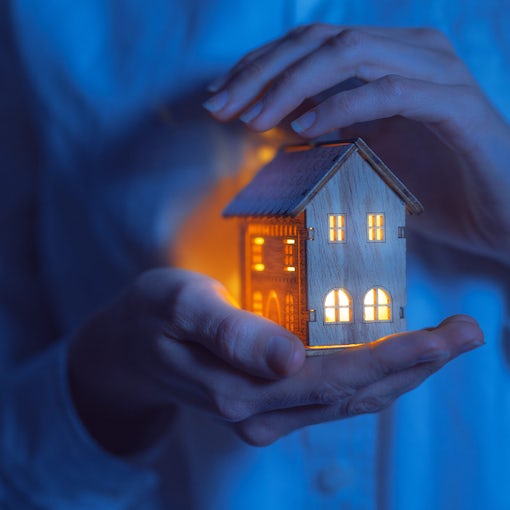Renting out a property can be a rewarding endeavour, but like any venture, it comes with its own set of responsibilities. One such duty that often remains a cause for concern is the obligation to address issues of damp in the rental property. As a landlord in the UK, it is essential to have a solid understanding of what damp is, its types, and what legislation exists around it. This will ensure not only the safety and comfort of your tenants but also protect your property and potentially save you from unnecessary costs and disputes.

The Causes of Damp
Damp is caused primarily by excess moisture. This moisture can either originate from outside the property or be produced within. Some common causes include:
- Leaking pipes: These can go unnoticed for a long time and can cause significant damage.
- Rainwater getting in: Through damaged roofs or walls, especially in older buildings.
- Groundwater rising up: A phenomenon known as ‘rising damp’.
- Condensation: This occurs when moist air comes into contact with a cold surface, leading to water droplets. Everyday activities like cooking, showering, or drying clothes indoors can increase the risk.
Different Types of Damp
Damp can manifest in various forms, and understanding each type can help address the root cause.
- Condensation: Easily the most common form of damp, it usually appears on cold surfaces and poorly ventilated areas. You’ll notice it in the form of water droplets or misted windows.
- Penetrating Damp: This is caused by water leaks, often resulting from structural problems like faulty guttering or roofing.
- Rising Damp: Rare, yet problematic, this occurs when a building’s ground level is lower than the external ground level. It leads to moisture rising from the ground into the walls.
Landlords’ Obligations to Fix Damp
Private landlords have a duty of care towards their tenants, which means ensuring their properties are in a decent, safe, and are in a habitable state. Several legislations underline this obligation.
- The Landlord and Tenant Act 1985: This legislation, specifically Section 11, clearly states that the landlord is responsible for keeping the structure and exterior of the dwelling-house in repair, including drains, gutters, and external pipes. This means that if the damp is caused by structural defects, it is the landlord’s responsibility to address it.
- The Homes (Fitness for Human Habitation) Act 2018: This newer legislation implies that landlords must ensure their properties, including existing tenancies, are fit for human habitation. Factors like damp can render a property unfit, placing the onus on the landlord to resolve any such issues.
It is essential to note that while landlords are typically responsible for resolving damp caused by structural defects or external faults, issues arising from a tenant’s lifestyle, such as failing to adequately heat the property or not ventilating it correctly, usually fall under the tenant’s purview. In these instances, educating the tenant is key to resolving condensation caused damp.
For a more comprehensive guide, you can refer to the detailed article provided by Permagard which elaborates on the obligations and other related nuances of this topic here.
Preventative Measures
To save oneself from potential disputes, costs, and degradation of property, proactive measures are the best approach. Simple steps such as:
- Regular inspections and quick repairs.
- Educating tenants on proper ventilation and heating so as to avoid condensation
- Encouraging tenants to report minor leaks as they first appear to prevent a small occurrence from becoming a major issue
- Installing extractor fans in bathrooms and kitchens.
- Using moisture traps or dehumidifiers in areas prone to damp.
For landlords in the UK, it is essential to be proactive rather than reactive when it comes to damp in your property. Regular checks, timely repairs, and clear communication with your tenants can go a long way in maintaining the health and value of your asset.
However, if you’re unsure about the nature of damp or the extent of your obligations, it’s always recommended to seek professional advice or assistance. Not only will this help ensure the wellbeing of your tenants, but it will also protect your investment.






